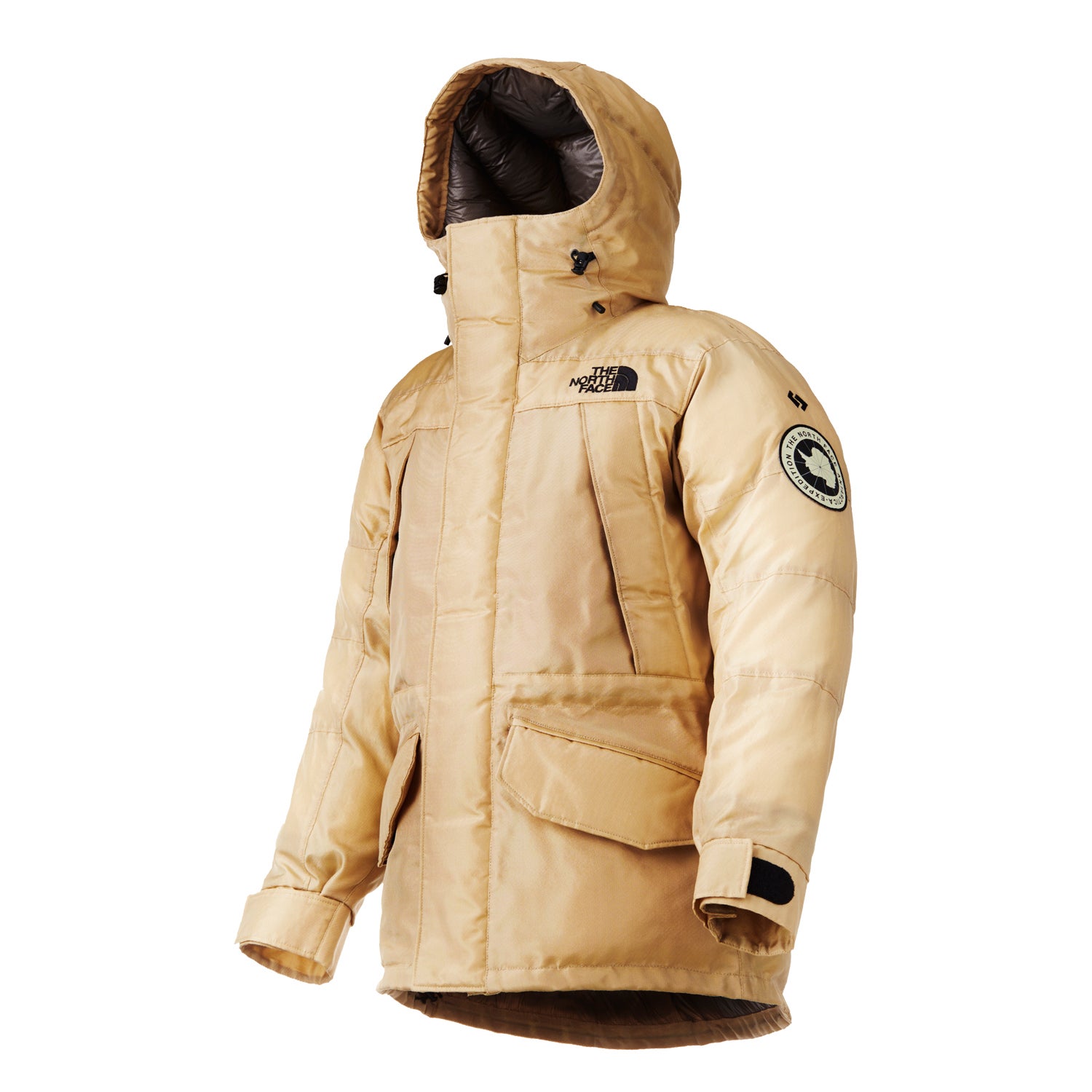Outdoor apparel has evolved more in the past 60 years than it did in the preceding 6,000. Evidence? In 1953, Sir Edmund Hillary Everest wearing cotton. But today, a handful of companies worldwide are racing to take the next big leap in performance textiles, this time with a nod to nature’s own super fiber: Spider silk.
In September, the industry started buzzing when Japanese companies Spiber and Goldwin, a Tokyo-based licensee of The North Face, jointly , the first prototype jacket made of synthetic spider silk. The one-off puffy promptly embarked on a tour of North Face stores throughout Japan, signaling the start of a dash to bring new spider silk-based products to market in 2016.
Why the excitement? Turns out the material spiders have evolved to make naturally over the past 400 million years is more advanced than anything humans have come up with. Each of our eight-legged friends , tailored for everything from nabbing prey to laying eggs. The strongest variety, dragline silk, provides structural support for the spider’s web and its own lifeline for escaping predators.
“Dragline silks are the toughest materials in nature,” says Todd Blackledge, a biology professor and spider silk expert at the University of Akron. Ounce for ounce, it’s five times stronger than steel and three times tougher than Kevlar, which can stop a bullet. “It’s a combination of being quite strong and quite stretchy at the same time, which is very unusual,” Blackledge says. “It will stretch 30 to 50 percent of its length before it breaks.”
For decades, scientists, entrepreneurs, and big corporations have tried to replicate spider silk, but none have succeeded on a commercial scale. DuPont filed a patent for the production of genetically engineered spider silk using E. coli bacteria in 1993, but never marketed it commercially. German chemical giant BASF has . Part of the problem is the spiders themselves: raising spiders for silk is a lot like farming for wool—if the sheep were all fiercely territorial and cannibalistic. “If you have a spider farm, you quickly have one really big, tough spider,” says Jon Rice, chief operating officer of spider silk startup . “They don’t play well with others.”
In recent years, companies like Spiber, Kraig Labs, Araknitek, Bolt Threads, and Germany’s AMSilk have devised closely guarded methods of synthesizing spider silk. Kraig Laboratories, headquartered in Ann Arbor, Michigan, has genetically altered silkworms to create a fiber containing spider silk proteins. Bay Area-based Bolt Threads uses a fermentation process—similar to brewing beer—to create silk proteins in large quantities, then spins the raw protein into fibers. “We’re trying to do something that’s incredibly complicated,” Sue Levin, chief marketing officer of Bolt Threads. “We’re really confident about our technology and our ability to scale and make a product available at a price that people could buy it.”
Until such a product hits shelves—likely later this year—manufacturers aren’t revealing much about how it will look and perform. But given the properties of spider silk, Blackledge expects to see outer shells that are less prone to tears and stretchy, lightweight mid- and baselayers.
Sustainability may also be a big selling point for spider silk apparel; while most synthetics derive from petroleum, input for the new fabrics includes yeast, water, and sugar (for the fermentation method), and mulberry leaves (for silkworms). “There’s no question that sustainability remains a very core value to the outdoor consumer,” says Matt Powell, outdoor industry analyst for . “If we can have products that are light, durable, do what they’re supposed to do and are sustainable, that’s a big win.”
But don’t clean out your closet just yet. Spider silk is unlikely to become the industry standard anytime soon. Blackledge expects biomedical applications—such as tendon repair, sutures, and burn bandages—to drive the spider silk market more than textiles in the next decade. And you won’t catch him sporting a spider silk jacket right away.
“They’re probably going to be way too expensive for me at first,” Blackledge says. “I think it’ll always be more of a specialty item.”


